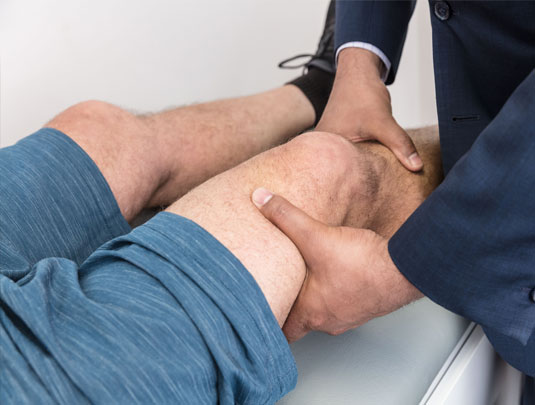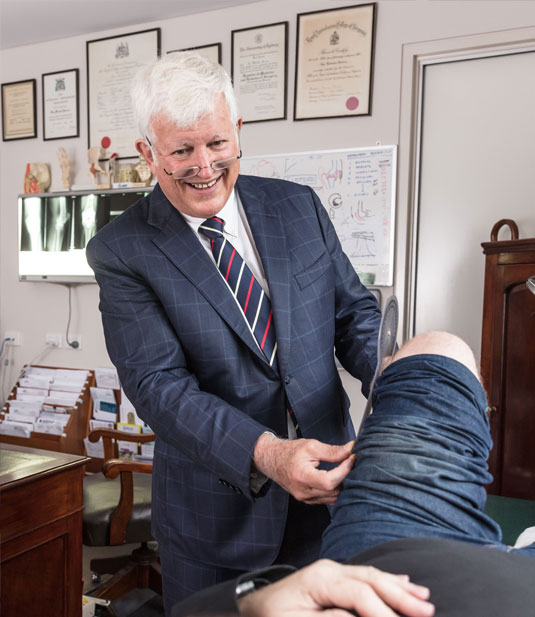Knee Arthroscopy
What is Knee Arthroscopy?
A knee arthroscopy is a minimally invasive form of keyhole surgery. It is used both to diagnose (and sometimes treat) knee joint problems. During the procedure, your South Coast Orthopaedics surgeon will make two or three small incisions into your knee and insert a thin, metal tube that holds a light source and a camera into the knee.
Images from the camera are sent to a screen so the surgeon can see inside the joint. Sometimes, small surgical instruments will be used with the arthroscope to help the surgeon treat certain conditions such as torn ligaments and cartilage.
Images from the camera are sent to a screen so the surgeon can see inside the joint. Sometimes, small surgical instruments will be used with the arthroscope to help the surgeon treat certain conditions such as torn ligaments and cartilage.
Why Do I Need a Knee Arthroscopy?
Our surgeons may recommend a Knee Arthroscopy if you are experiencing on-going knee pain. Even if your doctor already knows what is causing your pain, a knee arthroscopy can help confirm their diagnosis and, in some instances, treat the pain.


How Do I Prepare for a Knee Arthroscopy?
Your orthopaedic surgeon will tell you how to prepare for your surgery when you attend our practice for your consultation. They will ask you about any prescriptions, medications, or supplements that you’re currently taking. They may also ask you to stop taking certain medicines, such as aspirin or ibuprofen, before the procedure. You will probably be told to stop eating in the hours leading up to the surgery, and you will be provided with written information about what to do on the day.
Recovery from Knee Arthroscopy
Knee Arthroscopy is usually performed as a day procedure, and most patients go home after a two- or three-hour recovery period.
Your South Coast Orthopaedic surgeon will provide you with information about recovering from the procedure. It’s a good idea to have someone at home to look after you on the first day. You will also be asked to keep your leg elevated and to use an ice pack for the first two days.
You’ll also need to change your dressing. Your surgeon, or a member of our medical team will tell you when and how to do this, and how regularly. You will also probably have a follow-up appointment a day or two after the procedure.
It’s likely that you will be given an exercise routine to follow when you go home. This will help your knee recover. You might also need to see a physiotherapist until you have regained a full range of motion in your knee.
Your South Coast Orthopaedic surgeon will provide you with information about recovering from the procedure. It’s a good idea to have someone at home to look after you on the first day. You will also be asked to keep your leg elevated and to use an ice pack for the first two days.
You’ll also need to change your dressing. Your surgeon, or a member of our medical team will tell you when and how to do this, and how regularly. You will also probably have a follow-up appointment a day or two after the procedure.
It’s likely that you will be given an exercise routine to follow when you go home. This will help your knee recover. You might also need to see a physiotherapist until you have regained a full range of motion in your knee.